The UK gaming market is worth an estimated £5.7 billion, and today the latest games are just a swipe away.
But there was a time when playing the latest games meant attaching labels to your TV, scanning barcodes or printing out stickers.
The National Video Games Museum in Sheffield gives us a guide to five trailblazing game consoles that were way ahead of their time - even if they are now long forgotten.
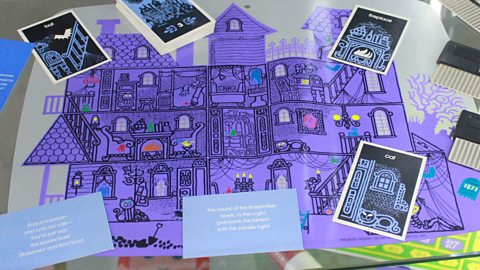
Magnavox Odyssey (1972)
This was the first ever video game console released in 1972. The Odyssey could only display three white dots and one white line on a screen at a time, but users could play the multiple games included with the system by sticking colourful, static overlays onto their TV screen.
It predates the more famous and more successful Atari Pong, and Magnavox sued Pong for copyright infringement.


Virtual Boy (1995)
Long before the Oculus Quest, HTC Vive or PSVR, way back in 1995 there was the Nintendo Virtual Boy - the first Virtual Reality headset offering an immersive 3D gaming experience.
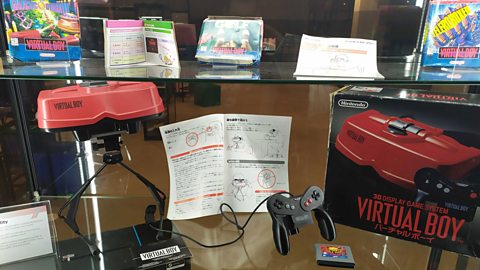 Image source, National Video Game Museum
Image source, National Video Game MuseumIt could only show two colours - red and black - and, as it was a bit of a commercial flop, it was discontinued after just a year. But the technology was a trailblazer for VR.
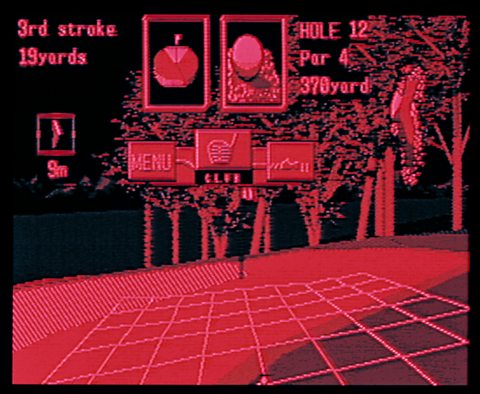
Barcode Battler (1991)
A truly ingenious idea - a portable handheld console where users scan barcodes to add characters or power-ups to their game.
It came supplied with pre-set character barcodes, but you could scan in any other barcode too. Take this to a local supermarket and try scanning a tin of beans - who knows what you could find!
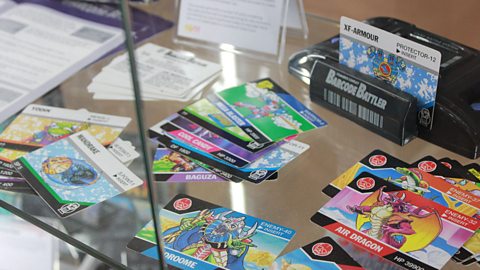
Bizarrely there were no discernible graphics, sound or controls and it soon crashed out of the UK market up against stiff competition from the Game Boy and Gamegear.
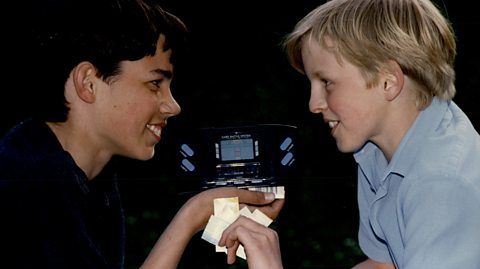
When it was released in the UK, it was condemned by the charity Family Action (previously known as The Family Welfare Assocation), who warned that shopping bills would skyrocket, as children pressurised parents into buying unnecessary products.
Casio Loopy (1995)
The Loopy (or My Seal Computer SV-100) was a 32-bit console released exclusively in Japan about a year after the original Sony PlayStation. It had just 10 games, but the true novelty of the console was that it included a built-in thermal colour printer that could be used to create stickers from games.
In a marketing ploy that would raise eyebrows today, this was heavily advertised as a console for girls as an alternative to products such as the Playstation and Sega Megadrive.

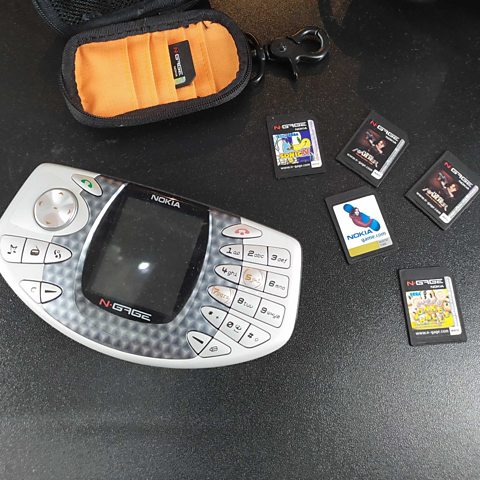
Nokia N-Gage (2003)
Mobile gaming is a huge industry in 2019, with over a billion people worldwide playing games on their devices. However, it wasn't long ago that mobile gaming was still a novelty.
In 2003 the Nokia N-Gage was one of the first mobile phones that tried to be a proper gaming device, so users could do more than just play Snake. But even though it boasted a 3D gaming engine with titles such as Tomb Raider and Super Monkey Ball, the unwieldy design (you had to take the battery out to get the games in) meant it failed to take off.

Mike: gaming company director. video
Meet Mike who's a gaming company director.

Quiz: How well do you know these classic arcade games?
Can you get a High Score on this ultimate video arcade games quiz?

Can video games really help children learn?
The educational aspects behind apps aimed at youngsters.
